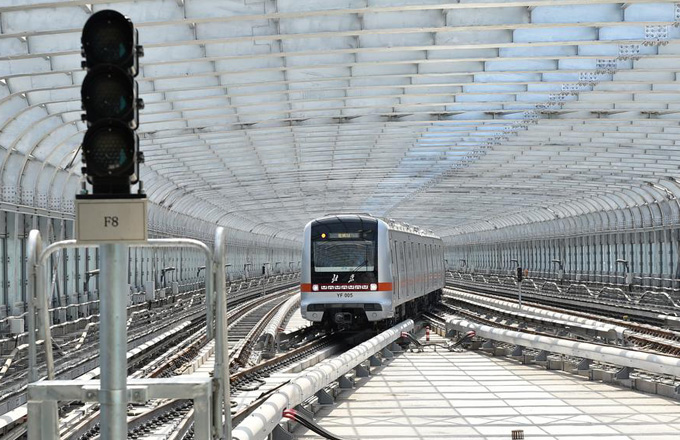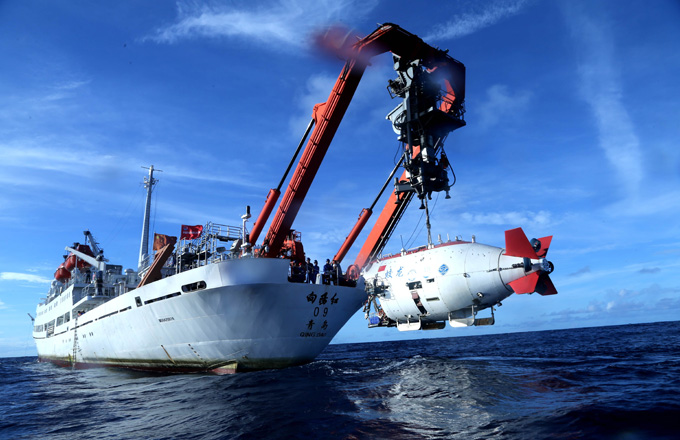Spacecraft completes in-orbit refueling
The Tianzhou 1 cargo spacecraft has carried out its second in-orbit operation to deliver fuel to the Tiangong II space laboratory, according to the China Manned Space Agency.
The agency said in a news release on Thursday evening that Tianzhou 1 completed the two-day refueling process at 6:28 pm, adding that the operation was also designed to provide a second verification of the technology and devices used in spacecraft refueling.
The process involved examining fuel pipes and pumping propellants and oxidizer into fuel containers, the news release said.
Tianzhou 1, China's first cargo spacecraft, was launched at the Wenchang Space Launch Center in Hainan province on April 20. Developed by the China Academy of Space Technology, it is 10.6 meters long and has a diameter of 3.35 meters. Its maximum liftoff weight is 13.5 metric tons, enabling it to carry up to 6.5 tons of supplies.
It is the largest spacecraft China has built. Previously, the largest and heaviest craft the country had sent skyward was the Tiangong II.
Tiangong II has been in space since mid-September and was occupied by two Chinese astronauts from mid-October to mid-November. It is now unmanned.
The two spacecraft docked on April 22 and the next day started their first in-orbit refueling operation, in which a portion of the fuel carried by Tianzhou 1 was transferred to the space lab over about five days. They have remained connected for the past 54 days, during which they also performed a number of scientific and technological experiments, according to the space agency.
The remaining fuel carried by Tianzhou 1 was transferred in a second operation on Thursday. Now the cargo spacecraft will undock and then redock with the space lab. It will then undock from Tiangong II once more and begin a three-month independent flight before a third docking.
In the future, the Tianzhou-series cargo spacecraft will be tasked with bringing supplies of fuel, spare parts and other necessities to China's manned space station, whose construction will begin around 2019.
Thanks to the Tianzhou 1 mission, China has become the third nation in the world to have in-orbit refueling technology after Russia and the United States.



















